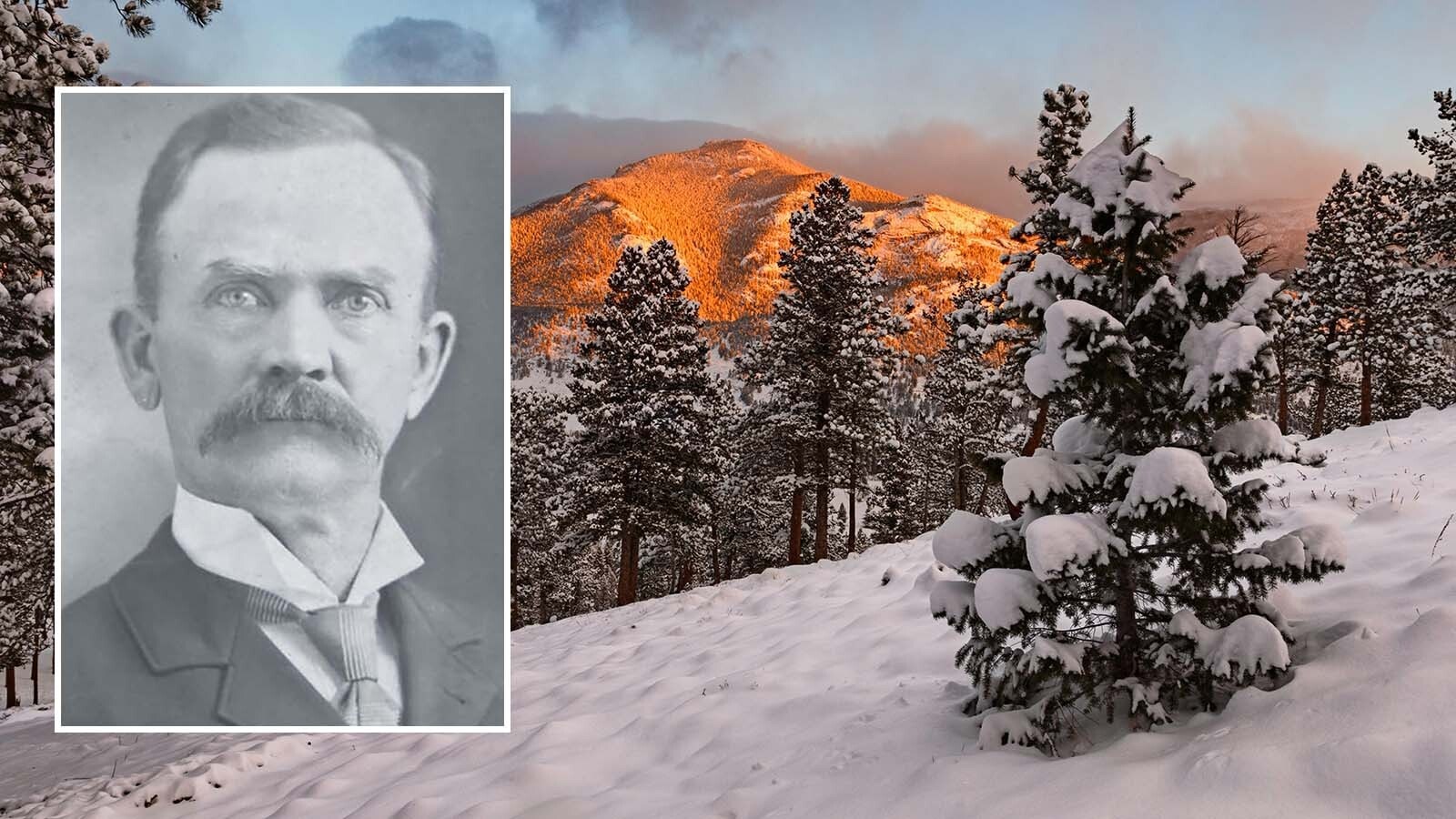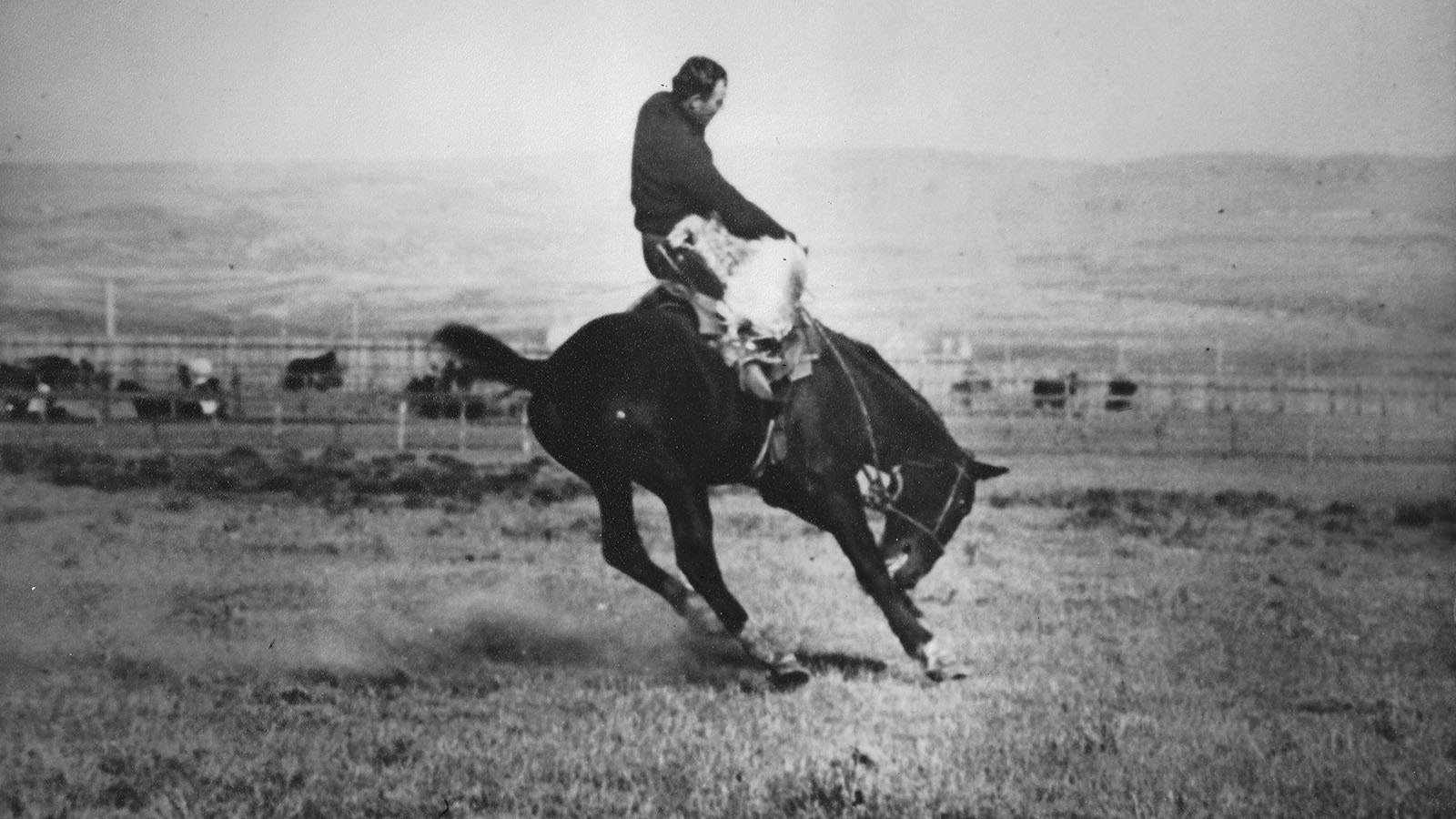St. Louis, Missouri, the legendary “Gateway to the West,” has a long and important history in the story of America’s westward movement.
By the time it fell under the jurisdiction of the United States in 1803, it had already been in existence for nearly forty years and provided homes for hundreds of primarily French residents, with a smattering of blacks, Spanish, Creoles, and Indians.
As the French and Indian War officially ended in 1763 in favor of Great Britain, French authorities in North America correctly predicted that most of their territorial holdings east of the Mississippi River would soon be turned over to the British victors.
Kaskaskia, Vincennes, and Fort Chartres, along with several other settlements in the Illinois country, were officially surrendered as part of the Treaty of Paris signed that year.
In order to prevent Louisiana from falling into the hands of the British, France had already transferred the vast holding across the Mississippi River to its ally, Spain, in November 1762, as part of the terms of the Treaty of Fontainebleau.
The ceded territory stretched from the banks of the Mississippi River to the Rocky Mountains and from the Canadian border to the frontiers of New Spain.
But news of the property transfer was slow getting to America from Europe, and by the time residents of the Illinois towns and forts looked for other, friendlier places in which to relocate, a Frenchman by the name of Laclède had already solved the problem.
Pierre de Laclède Liguest was born in the French Pyrenees around 1724 and in 1755 he migrated to New Orleans where he formed a partnership with Gilbert Antoine Maxent to trade with the Indian tribes along the Missouri and Mississippi Rivers.
He took a common-law wife, Marie Chouteau, who, along with her eight-year-old son, Auguste, became his devoted followers for the remainder of his life.
An Important Trading Site
In the meantime, Maxent had been awarded exclusive trading rights with the Indians along the west bank of the middle Mississippi River.
In August,1763, he dispatched Laclède and young Chouteau, now a teenager, up the Mississippi to find a suitable site for the location of a trading post.
After spending the winter at Fort Chartres on the Ohio River, Chouteau and a small group of workers crossed to the west side of the Mississippi in February 1764, and began work on the town that would become St. Louis, named after France’s King Louis, XV.
St. Louis grew steadily. By 1771, a total of 455 males, consisting of 415 French and forty blacks, called the village home. A quarter of a century later, according to Gilbert Imlay in his book, A Topographical Description of the Western Territory of North America, published in 1797, the town had grown to nearly one thousand residents.
Imlay described St. Louis as: “the most healthy and pleasurable situation of any known in this part of the country.
Here the Spanish commandant and the principal Indian traders reside; who by conciliating the affections of the natives, have drawn all the Indian trade of the Missouri, part of that of the Mississippi (northwards) and of the tribes of Indians residing near the Wisconsin and Illinois rivers, to this village. In St. Louis are 120 houses, mostly built of stone.
They are large and commodious. This village has 800 inhabitants, chiefly French; some of them have had a liberal education, are polite and hospitable. They have about 159 negroes, and large flocks of black cattle, etc.
From France to Spain and Back Again
By the turn of the nineteenth century, St. Louis found itself being settled by more and more Americans drifting across the Mississippi River. In October 1800, with the signing of the Treaty of San Ildefonso, Spain relinquished control of Louisiana and ceded the territory back to France.
In the meantime, Napoleon’s dreams of world domination and his efforts at winning back his empire fell on hard times, compelling him to sell the entire region to the United States.
President Thomas Jefferson quickly jumped at the opportunity to extend America’s borders almost to the Pacific Ocean and authorized fifteen million dollars for Louisiana’s purchase.
Jefferson commissioned Captains Meriwether Lewis and William Clark to reconnoiter the new territory and, in the spring of 1804, the pair, along with forty or so companions, left St. Louis for the long trek to the Pacific Ocean and back again. It was the information collected by these explorers that excited some entrepreneurial Americans about the fortunes in furs that might be made west of the Mississippi.
Over the next half-century, St. Louis became the unofficial headquarters and primary depository for the western American fur trade. At one time or another, the growing town was home to several of the major fur companies and played host to many of the most notable players in the trade.
James A. Crutchfield can be reached at TNcrutch@aol.com









